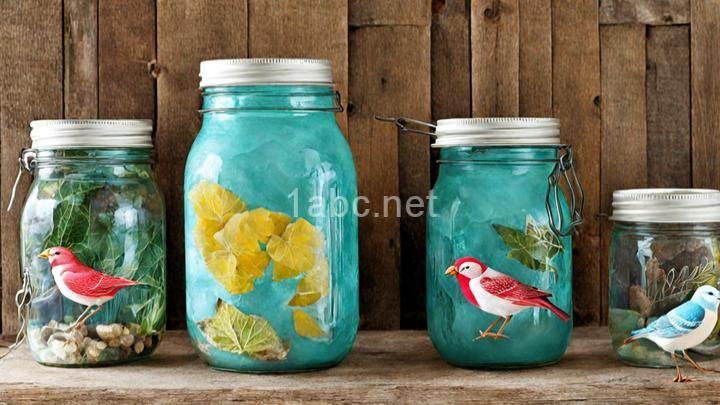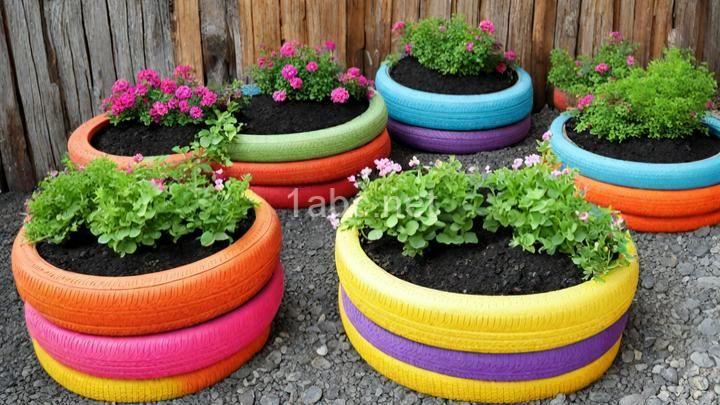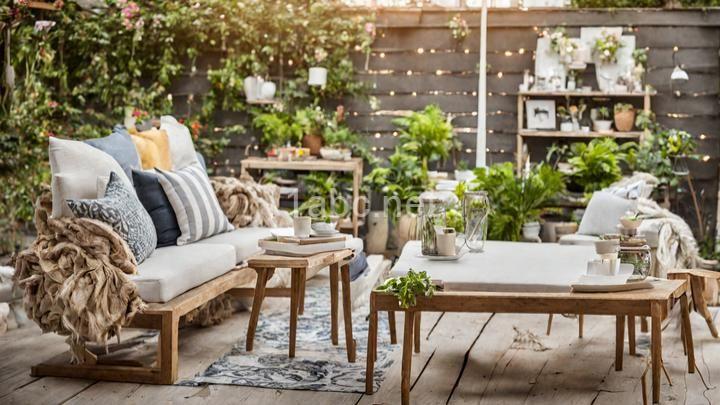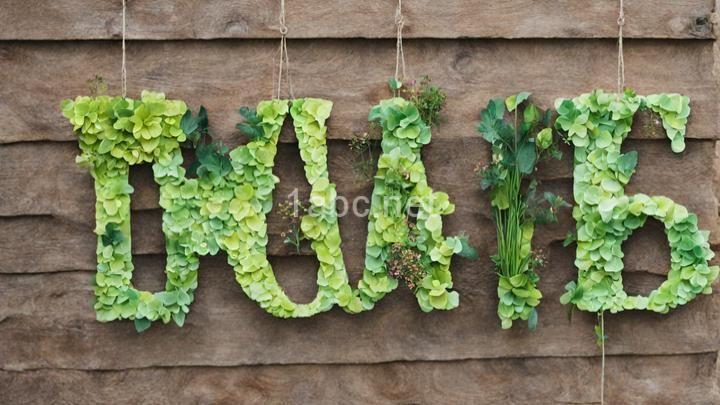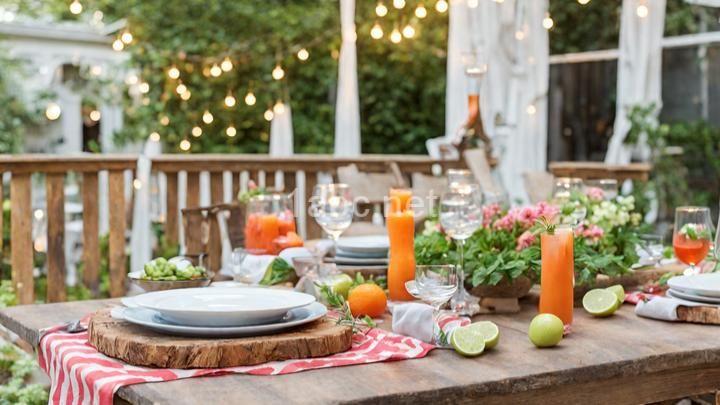Get Creative with DIY Card Making: Engage Your Kids in a Fun and Crafty Activity!
Section 1: Gathering Supplies
Section 2: Choosing Themes and Designs
Section 3: Step-by-step Instructions
Step 1: Folding and preparing the card base
Step 2: Designing and decorating the front of the card
Step 3: Adding personalized messages or drawings inside
Step 4: Enhancing with additional embellishments if desired
Section 4: Encouraging Creativity

Get Creative with DIY Card Making: Engage Your Kids in a Fun and Crafty Activity!Introduction
Are you looking for a fun and crafty activity to engage your kids? Look no further than DIY card making! Not only is it a great way to spend quality time together, but it also allows your little ones to unleash their creativity and imagination. In this blog post, we will explore the world of DIY card making and discover the joys and benefits it brings.
Section 1: Gathering Supplies
Before diving into the world of DIY card making, it's important to gather all the necessary supplies. Here are a few essentials you'll need:
- Colored paper: Stock up on a variety of colors to add vibrancy to your cards.
- Scissors: A good pair of scissors is essential for cutting out shapes and designs.
- Glue: Opt for child-friendly glue sticks or non-toxic white glue.
- Stickers: Add a touch of fun and personality to your cards with stickers of different shapes and themes.
- Markers or colored pencils: These are perfect for adding hand-drawn elements or writing personalized messages.
- Decorative materials: Don't forget to include ribbons, glitter, buttons, or any other embellishments you like.
When it comes to sourcing these supplies, you don't have to break the bank. Many craft stores offer affordable options, and you can also repurpose materials you already have at home. Old magazines can provide colorful cut-outs, and buttons from an old shirt can add a unique touch to your cards. By involving your kids in the selection process, you'll not only save money but also make it a more enjoyable experience for everyone.
Section 2: Choosing Themes and Designs
Now that you have all your supplies ready, it's time to get creative with themes and designs for your DIY cards. Here are a few ideas to get you started:
- Birthdays: Make personalized birthday cards for family and friends.
- Holidays: Celebrate special occasions like Christmas, Easter, or Halloween with themed cards.
- Thank you notes: Teach your kids the importance of gratitude by creating thank you cards for loved ones.
- Just because: Encourage your kids to design cards for no particular reason, just to spread joy to others.
When it comes to designs, the sky's the limit! Explore different styles like pop-up cards, collage cards, or interactive cards. Let your kids take the lead and express their own ideas and personal touches. This will not only boost their confidence but also make the cards extra special for the recipients.
Section 3: Step-by-step Instructions
Now that you have your supplies and themes ready, let's dive into the step-by-step process of DIY card making. Here's a breakdown of the process:
Step 1: Folding and preparing the card base
- Take a sheet of colored paper and fold it in half to create your card base.
- Ensure that the fold is crisp and aligned to create a clean, professional look.
Step 2: Designing and decorating the front of the card
- Let your kids get creative and decorate the front of the card using stickers, cut-outs, or drawings.
- Encourage them to experiment with different arrangements and colors to make it visually appealing.
Step 3: Adding personalized messages or drawings inside
- Open the card and let your kids write or draw a personalized message for the recipient.
- This is a great opportunity for them to express their feelings and show their love and appreciation.
Step 4: Enhancing with additional embellishments if desired
- If your kids are up for it, add some extra flair to the cards with glitter, ribbons, or any other embellishments you have.
- Remember, the goal is to have fun, so let your kids take the lead and explore their creativity.
Throughout the process, it's important to take breaks and have fun. Card making should be an enjoyable activity for both you and your kids, so don't rush through it. Take the time to chat, laugh, and create beautiful memories together.
Section 4: Encouraging Creativity
DIY card making is not just about following instructions; it's about nurturing creativity and imagination. Here are a few ways to encourage your kids to think outside the box:
- Use unconventional materials: Challenge your kids to think beyond paper and glue. Encourage them to incorporate materials like fabric scraps, feathers, or even dried flowers into their card designs.
- Foster imagination and problem-solving skills: Encourage your kids to come up with their own ideas and solutions. If they get stuck, guide them through brainstorming sessions or suggest alternative approaches.
- Celebrate creativity: Once the cards are complete, display them proudly in your home or send them to loved ones. This not only celebrates your kids' creativity but also brings a sense of accomplishment and pride.
Conclusion
Engaging your kids in DIY card making is not just a fun activity; it's an opportunity to bond, create memories, and nurture their creativity. By gathering supplies, choosing themes and designs, following step-by-step instructions, and encouraging creativity, you can embark on a crafty journey with your little ones. So, grab your scissors, glue, and colored paper, and let your imagination soar. Embrace your creativity, enjoy the process, and create beautiful cards that will bring smiles to the faces of your loved ones. Happy card making!
FREQUENTLY ASKED QUESTIONS
What is Get Creative with DIY Card Making?
Get Creative with DIY Card Making is a fun and interactive activity where you can make your own custom greeting cards. It involves designing and creating personalized cards using various materials and techniques. This activity is perfect for expressing your creativity and making heartfelt cards for special occasions like birthdays, anniversaries, holidays, or just to show someone you care. DIY card making allows you to add a personal touch and customize the cards according to your preferences. It can be a great way to engage in a relaxing and enjoyable hobby while creating unique and meaningful cards for your loved ones.
How can DIY card making benefit my kids?
DIY card making can offer several benefits for kids:
- Creativity and Imagination: Card making encourages children to think creatively, come up with unique designs, and use their imagination to express themselves.
- Fine Motor Skills: Engaging in the process of cutting, folding, and gluing various materials helps develop fine motor skills and hand-eye coordination in children.
- Personal Expression: Making cards allows kids to convey their feelings, emotions, and personal messages to friends, family, or even strangers. It can be an outlet for self-expression.
- Confidence Building: Completing a card from start to finish provides a sense of accomplishment, boosting children's confidence and self-esteem.
- Recipient Appreciation: The act of giving a handmade card teaches kids the value of thoughtfulness and the joy of making someone else happy. It helps build empathy and gratitude.
- Focus and Patience: Card making requires concentration and patience to execute each step carefully. It can help children develop these essential skills.
- Bonding Opportunity: Creating cards together can be a fun family or group activity, promoting bonding, teamwork, and collaboration among kids.
- Learning Opportunities: DIY card making introduces children to various art techniques, colors, shapes, and themes. They can learn about different occasions, cultures, and traditions while making cards for specific events.
Overall, DIY card making is a creative and enjoyable activity that can provide multiple benefits for kids, allowing them to express themselves while developing important skills.
What age group is this activity suitable for?
This activity is suitable for a wide range of age groups.
What supplies do I need to get started?
To get started, you'll need the following supplies:
- Notebooks: Purchase a few notebooks to keep track of your ideas, notes, and tasks. You can choose between regular lined notebooks or specialized ones like bullet journals.
- Writing instruments: Get a variety of writing instruments such as pens, pencils, and markers. Choose ones that you feel comfortable using and that suit your writing style.
- Organizational tools: Invest in some organizational tools like folders, binders, or file separators to keep your documents and notes organized.
- Sticky notes: Consider getting sticky notes in different colors and sizes. These can be used for reminders, jotting down quick ideas, and bookmarking important pages.
- Highlighters: Highlighters are great for emphasizing important information in your notes or textbooks. Have a few different colors to make your highlighting more effective.
- Index cards: Index cards come in handy for creating flashcards or summarizing key information. They are portable and can be used for studying or quick reference.
- Desk accessories: Depending on your preference, you may want to add desk accessories such as a desk organizer, paper clips, tape, stapler, or a whiteboard for brainstorming.
Remember, these are just the basics to get started. As you progress, you may discover additional supplies that suit your specific needs. Happy organizing!
